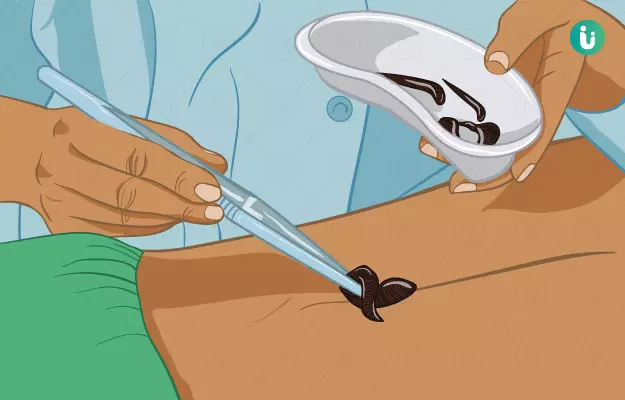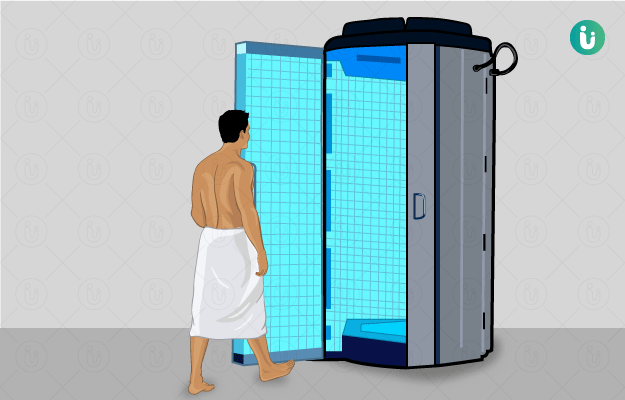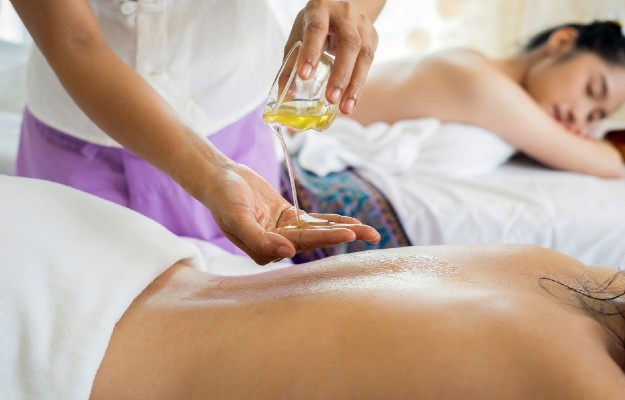Leeches suck on the blood of fish, animals and people to survive. To do this, they inject a natural anticoagulant called hirudin into their prey. This anticoagulant prevents blood clots from forming and thins the blood to improve blood supply (and as an unintended consequence, blood circulation).
These qualities of leech saliva have piqued the interest of some people in the medical community. Particularly for medical purposes like microsurgeries (for example, finger reattachment surgery) where the surgeons want continued blood supply to tissues to prevent tissue death and promote wound healing.
Leech therapy is also emerging as an alternative treatment to prevent amputation of limbs in uncontrolled and advanced diabetes, the resolution of varicose veins (a painful swelling of the veins, usually in the legs), and Berger’s disease (a condition in which IgA immune cells collect in the kidneys).
Though more research needs to go into this, leech saliva is thought to have anti-inflammatory properties, too. For this reason, some alternative healers have been using leeches for the treatment of osteoarthritis.
Of late, researchers have tried to make synthetic hirudin—the naturally occurring peptide that gives leech saliva its anticoagulant properties—but this hasn’t been very effective. They have also tried to extract hirudin from leeches. But this process, too, has proven to be inefficient for commercial use so far. Until this can change, applying medical leeches to the affected body part will of necessity remain the primary way to administer this therapy.
The US Food and Drug Administration has given approval to leech therapy as “an adjunct to the graft tissue healing when problems of venous congestion may delay healing, or to overcome the problem of venous congestion by creating prolonged localized bleeding”.
Essentially, leeches may be used as a medical device to drain excess blood in a recently reattached finger/toe/ear/lip/nose, etc.
That said, it is important to remember that leech therapy is not the first line of treatment in any disease or condition. It is an alternative (and inexpensive) method that can be useful in very specific scenarios and when done by a trained practitioner only. It should not replace or interfere with your allopathic medicines and therapies.
Read on to know more about leech therapy.






















